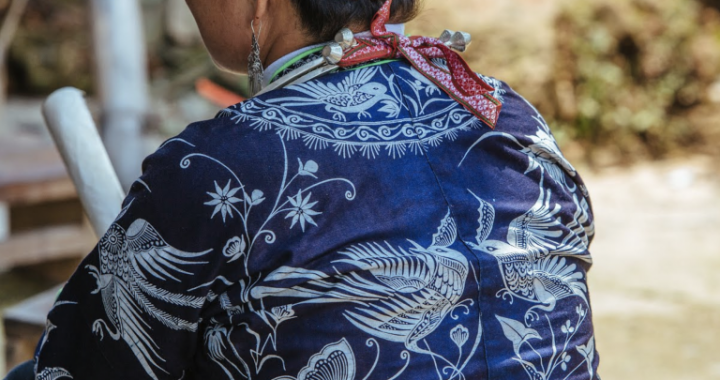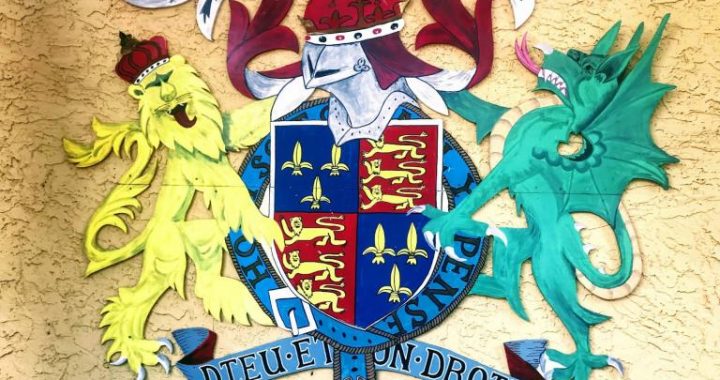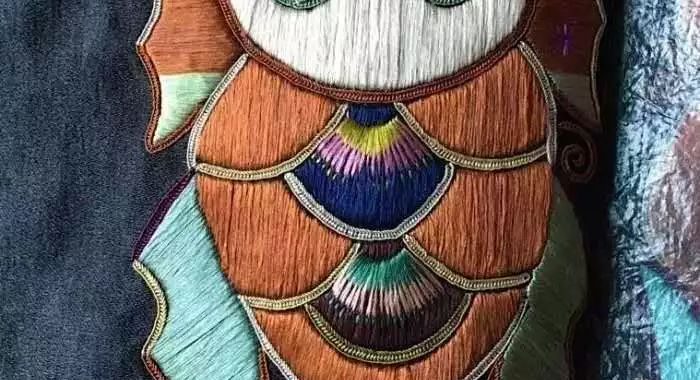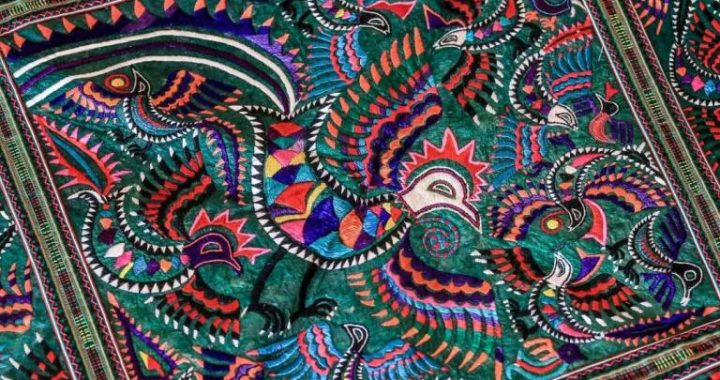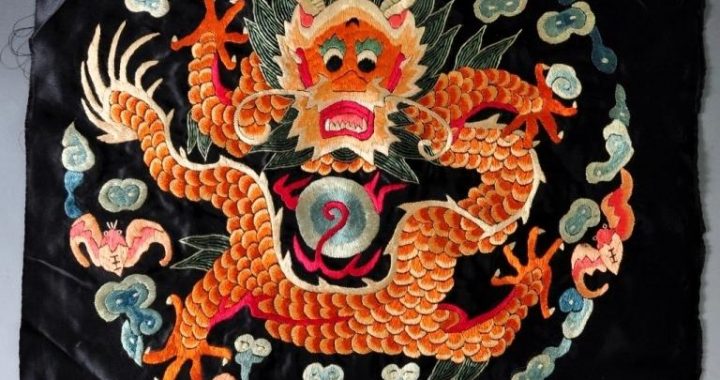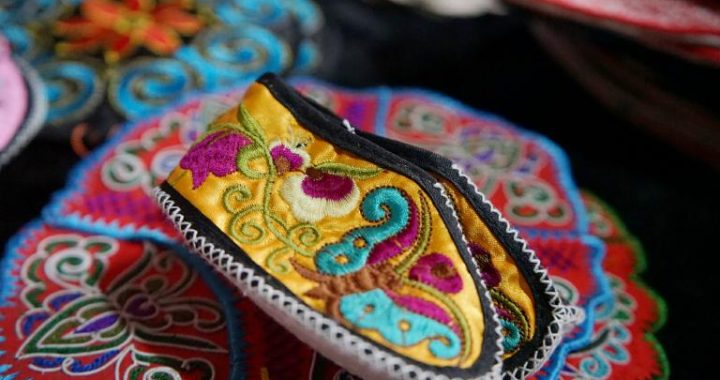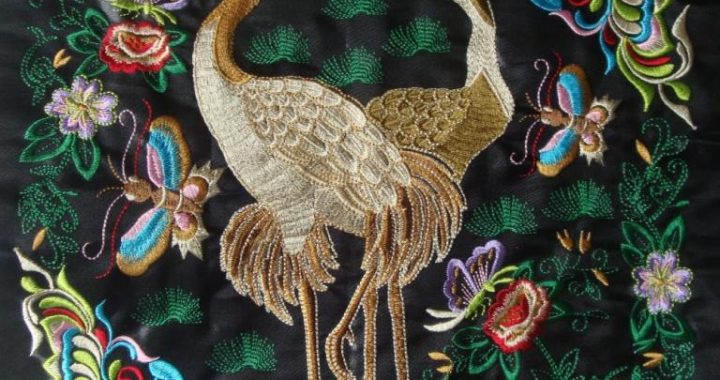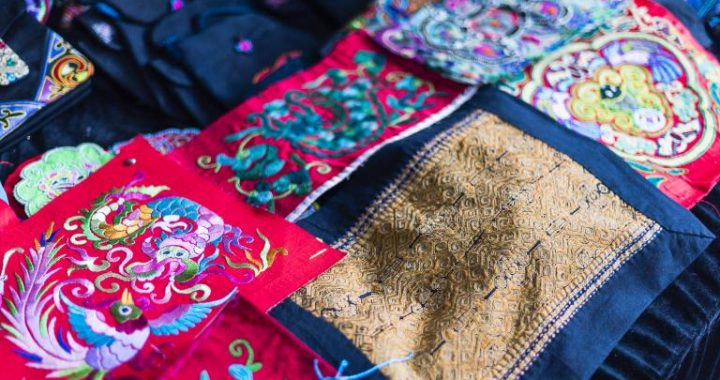Four well-known Embroideries
4 min readAs early as more than 18,000 years ago, Upper Cave Man already learnt how to sew hide with bone needles. Embroidery, the process to sew patterns on a backing cloth with needles and threads, evolved just from such primary needlework. Colloquially referred to as “female red”in ancient China, embroidery was considered as an indispensable ability that every gentlewoman should adopt. As described in a poem, it was very common in the past to see every family set up a shed, under which all the female members were skillfully embroidering with needles.
By the Ming and Qing period, embroidery entered the phase of maturity, boasting more diversified stitches and patterns. The most characteristic embroidery between late Ming dynasty and early Qing dynasty was Gu embroidery of Shanghai, which not only applied traditional silk thread of different colors, but hair for embroidering as wel1. By the late Qing dynasty, folk embroidery art was further developed, with emergence of four well-known embroideries, namely Su embroidery, Xiang embroidery, Yue embroidery and Shu embroidery.
1) Su Embroidery
Su embroidery of Suzhou is the most reputed among the four famous embroideries, boasting exquisite stitches, elegant colors and vivid art presentation, while each of its thread is able to cut into 10,20 and even 40 sub-strands. The main motifs applied were traditional scenes in the south, such as pavilions, bridges and streams, and artisans of Su embroidery were able to bring life to whatever they embroider. During the Qianlong period, the “tri-blue embroidery”technique emerged in Su embroidery school, which was to present three dimensional patterns all through different tones of blue. The two-sided embroidery is also a unique species of Su embroidery, which is to embroider identical patterns on two sides of a cloth through just one embroidering process.
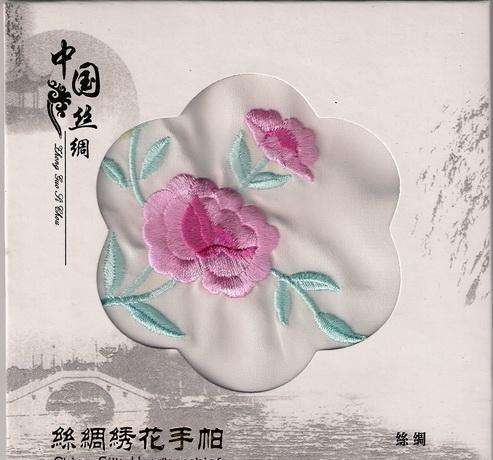
In the Qing dynasty, there was a brilliant Su embroidery master named Shen Shou, who was praised as “Embroidery Sage”and got a nickname “Divine Stitch”. Once she presented her embroidery work Eight Immortals Celebrating Birthday to Empress Dowager Cixi for her 70th birthday, and won highly compliment from the empress. Later, she referred to the realistic technique of western paintings, created the”Lifelike embroidery”technique, which brought Su embroidery to a new height, and was renowned all over the world for its vivid presentation. For instance, when her embroidery portrait of Queen Elena of Italy was presented to the Queen by Qing government, it immediately made a stir in Italian court.
2) Yue Embroidery
Yue embroidery of Guangdong is famous for its resplendence and vast variety of contrasting colors, which might derive from the ardent character of local people.
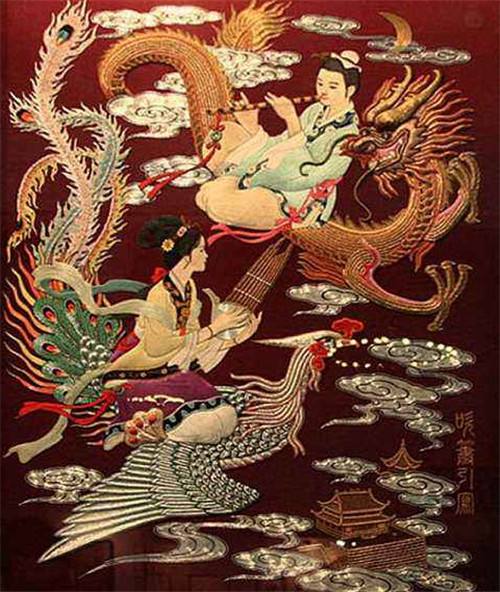
Auspicious motifs favored by common people were often applied, such as phoenix facing the son, cock and peony, dragon and phoenix, and three rams symbolizing an auspicious new year. The uniqueness of Yue embroidery lies in that it often usesgold or silver threads, so that the finished works are more shining and glorious than other embroideries. In addition, unlike embroideries in the other regions, embroiderers in Guangdong were mostly males.
3) Shu Embroidery
Like Shu brocade, Shu embroidery was named due to its origin in Sichuan, this area was also known as Bashu in ancient time. During the Ming and Qing dynasties, Shu embroidery borrowed the long suits of Gu embroidery and Su embroidery to form its own style, and its production was specialized by the time of Emperor Daoguang’s reign. Shu embroidery is characterized by refined stitches, simple composition andbright colors. However, only a few pieces of Shu embroidery have been handed down.
Even in the Palace Museum in Beijing it has only one such work depicting colorful flowers and birds.
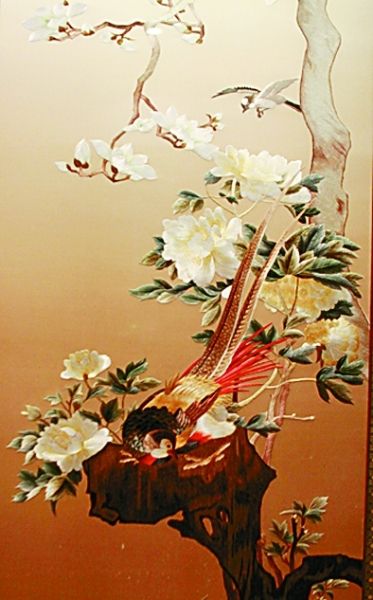
4) Xiang Embroidery
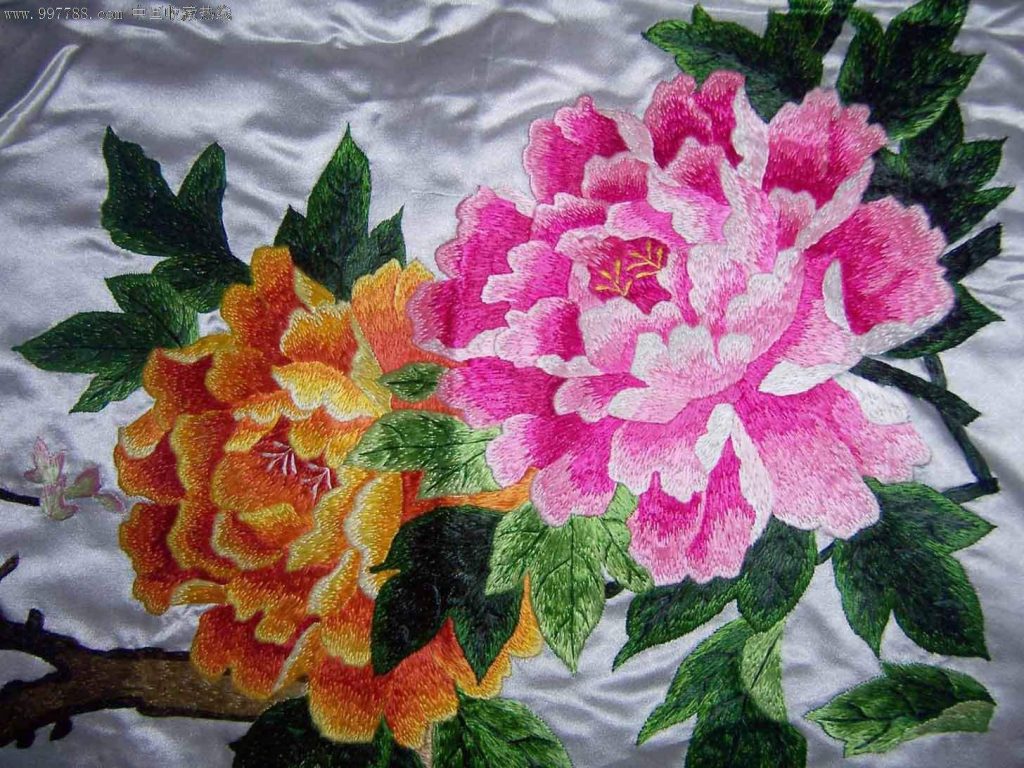
Compared with other three famous embroideries, Xiang embroidery of Hunan has the shortest history. It was until the 24th year of Emperor Guangxu’s reign in the Qing dynasty (1898) when Wu Caixia Embroidery Workshop, the first self-marketing embroidery workshop in Changsha of Hunan province was set up, that embroideries of the region gradually became popular. Xiang embroidery was so named as Hunan was als known as”Xiang”, and it stresses the effect of colors. It applies denser colours than the Su embroidery, but less bright than the Yue embroidery. In order to avoid fluffing, Xiang embroiderers slice normal silk thread into very thin strands, and boil them in liquor made from nuts of honey locusts. As a result, Xiang embroidery is more lustrous than hair, and is locally referred to as “sheep-fur thin embroidery”. Lions and tigers are traditional motifs in Xiang embroidery. They areso exquisitely embroidered that it seems that they are depicted with real fur. Aspraised in a poem,”Xiang embroidery is able to produce fragrant flowers, chirping birds, running tigers and lively figures.”
